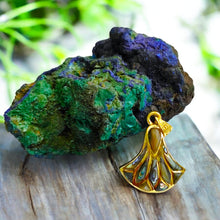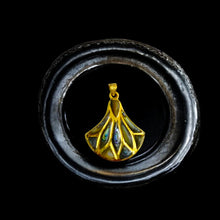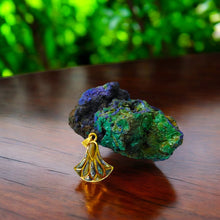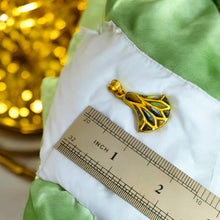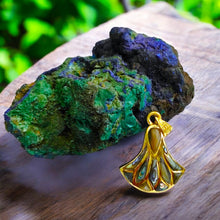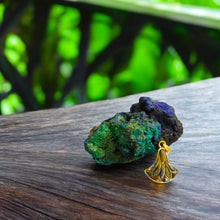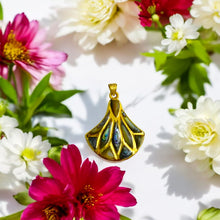
Embrace the mystique of ancient Egypt with our Gold Lotus Flower Abalone Necklace, a handcrafted piece designed to bring spiritual balance and healing energy. The lotus flower, a sacred symbol of rebirth, purity, and enlightenment, has been revered for centuries as a powerful talisman. This pendant is crafted from an alloy of 5% Gold and 95% Brass, giving it a vintage-inspired finish that enhances its timeless beauty.
At the heart of this exquisite piece lies a stunning abalone shell, known for its healing properties that promote emotional balance, harmony, and inner peace. The iridescent colors of the abalone dance with the light, shifting beautifully depending on the angle, making each pendant truly one of a kind.
Designed for versatility, this pendant fits any chain up to 5mm in thickness, allowing you to personalize it to your style. To keep your necklace looking its best, avoid prolonged exposure to moisture, harsh chemicals, and extreme temperatures. Gently wipe it with a soft cloth after wearing to maintain its radiant finish.
A Historical Glance
The lotus flower has been a revered symbol in Egyptian mythology, representing the sun, creation, and spiritual awakening. Ancient Egyptians believed that the lotus emerged from the primordial waters, signifying renewal and divine birth. This necklace carries that legacy forward, allowing you to wear a piece of history infused with meaning and grace.
Thank you for visiting our shop! If you have any questions or need assistance, please feel free to reach out—we’re happy to help!















